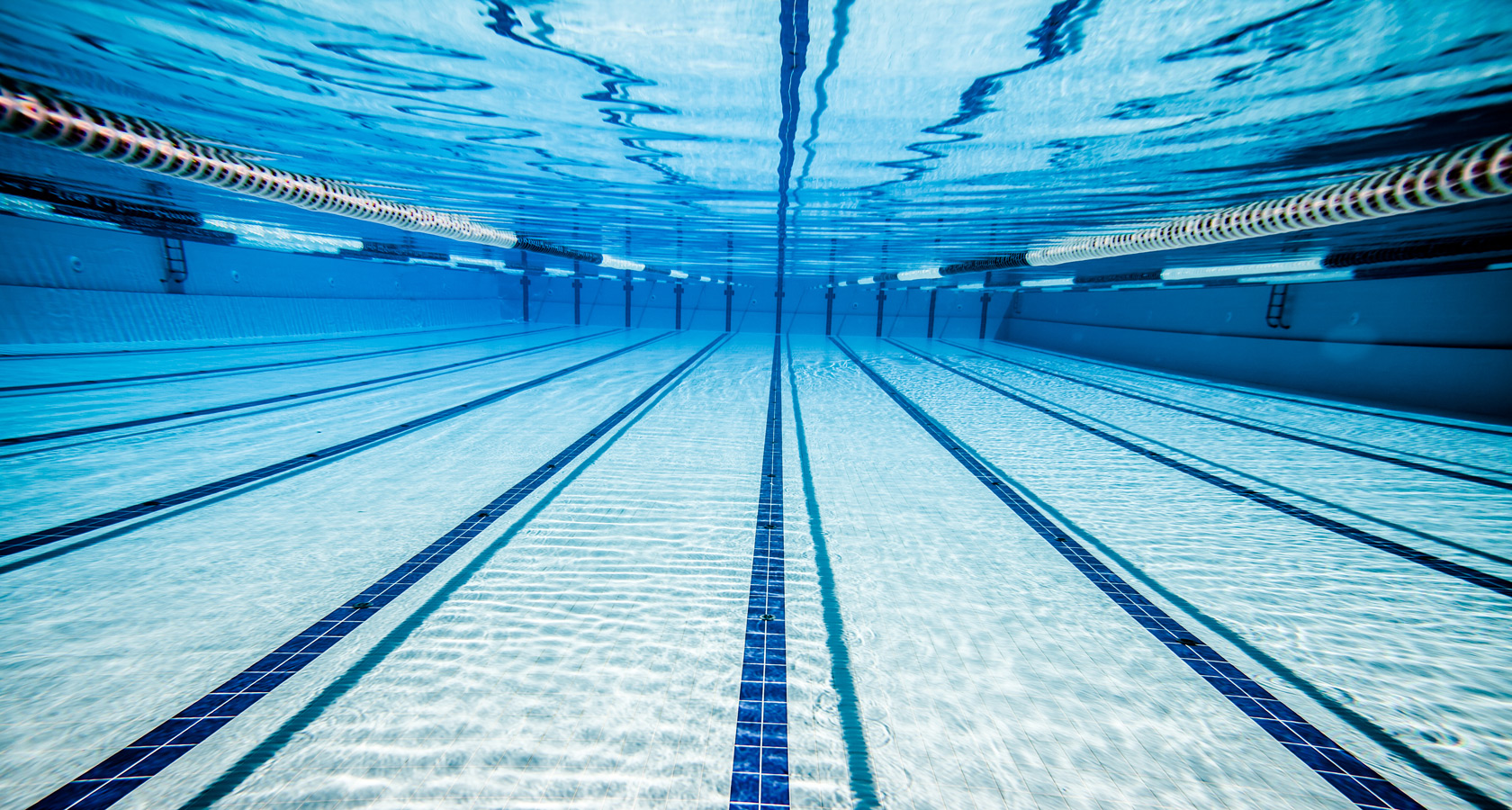How To Learn To Swim
You splashed around the pool for hours as a child, and you’re surprised to find that you can’t last the length of the pool. You’re not alone. Swimming’s emphasis on controlled breathing and technique challenges even endurance athletes.
But with five easy steps, you can get started, nail your stroke and swim in your first triathlon.
Step 1: Gear Up
Start with a pair of goggles, a swim cap and a standard athletic one-piece swimsuit. No need to invest in an expensive wetsuit, though, as most races offer rentals.
Priscilla Weston, owner of Elite Swim Coaching, also recommends buying tools to use for drills — exercises that build your endurance and improve individual aspects of their stroke — including a pair of fins, snorkel, a kickboard and some small hand paddles. Learn more about swim gear here.
Step 2: Find a Pool and Learn Your Stroke
Search for local pools on the U.S. Masters Swimming database, and dive right in. Because swimming demands such specific technique, beginners are best served by learning from a USA Triathlon Certified Coach.
New swimmers most often struggle to breathe properly, says USA Triathlon Certified Coach M.J. Gasik of Tri Right Coaching. They lift their entire heads out of the water to breathe, causing their lower body to sink and creating “drag” or wasted motion. Instead, keep your face down and lift either cheek to inhale before exhaling in the water.
Newbies also fail to rotate enough to move efficiently, says USA Triathlon Certified Coach Jennifer Harrison of Jennifer Harrison Coaching. Without rotating their hips, they can’t use their core and leg strength to power their stroke, forcing them to rely on their arms to move their body weight through the water.
“People tell me their shoulders are tired,” Harrison says. “That’s a sign that they’re not swimming correctly and they’re not engaging their core. You’re rotating and trying to engage your core. Most people swim with their upper body — their shoulders and arms — when really it’s a whole-body rotation.”
Improve your rotation by strengthening your upper body — especially your traps and delts — and core muscles. Also pay special attention to your kick, which is what initiates the rotation you need.
“If you have a crappy kick, you’re not going to rotate well and if you don’t rotate well, you’re not going to get the power in your stroke,” Harrison says.
Prioritize good form over big distance, particularly in the beginning.
“You want to do big yards — and you want to do big yards hard — but if you have bad form, it defeats the purpose of swimming,” Harrison says.
“A great goal to have is to get to other side of pool,” Weston adds. “Some people expect to hammer out sets of 50 [yards] on 10 seconds rest, but that’s probably an unrealistic goal. If you take 30 seconds [of rest] or more, it’s fine.”
Step 3: Join Masters Classes
Once you grasp the basics, join a masters swimming class, where beginners and experienced swimmers alike can perform more intense intervals in a supportive environment. Most classes are non-competitive and beginner-friendly.
“People are intimidated because it uses the word masters, and it implies that everyone’s a good swimmer. But it just means you're over 18 years old,” Gasik says.
Step 4: Master the Etiquette
Whether you’re in class or by yourself, you’ll likely share lanes with other swimmers. Minimize headaches and collisions by learning the unspoken rules of lap swimming.
Identify swimmers who match your pace, wait until the swimmer stops on the wall, and ask to share. Enter the water feet-first when they are away from the wall so as not to shock them.
If two swimmers are in the lane, grab the attention of both people before starting to circle swim, which is necessary when more than two athletes share a lane. Stay on the right side of the center line to create a continuously moving circle in your lane. When resting, hang on the wall in the left corner or sit on the ledge to stay out of the way.
Gently tap someone’s foot when passing and yield if you’re being passed. Don’t stop or feel that you need to leave the lane — just try not to block their path.
Step 5: Get Race Ready
Don’t limit yourself to the lap pool, though. Since most races take place in darker, colder and less steady open water, you should also practice in lakes as often as possible, Harrison says.
There, you can acclimate to the colder temperatures, adjust your stroke in choppier waters, and learn to how to “sight” — to navigate the water without using lane lines for direction.
“Lap swimming and open water swimming are two different sports, period,” Jennifer Harrison says. If you’re swimming three times a week and have access to a lake, ocean or river, she recommends doing one weekly swim in open water.


